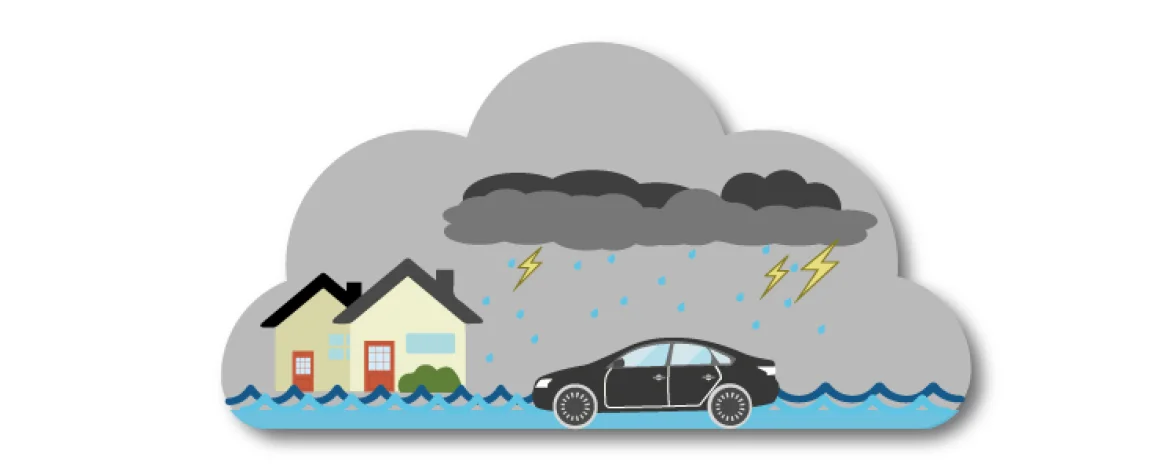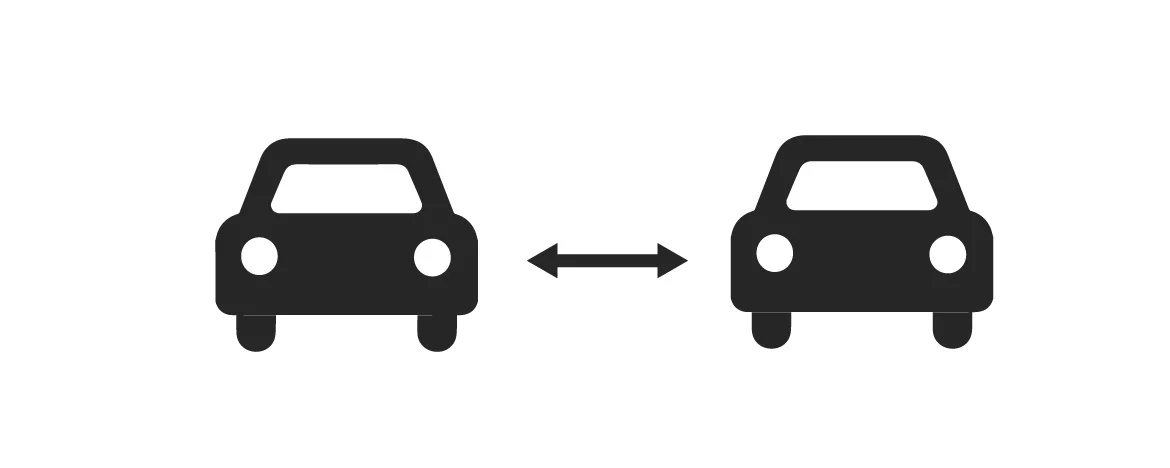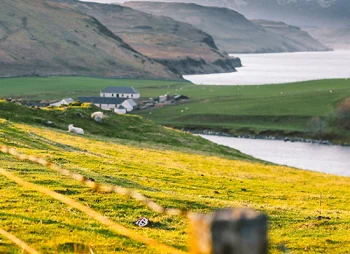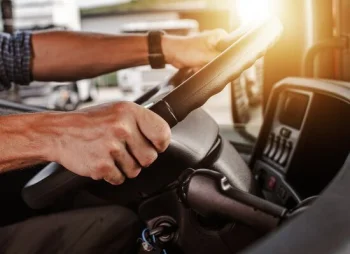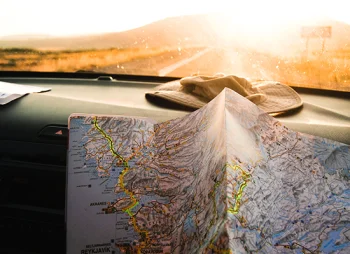Avoid standing water where possible
We know the big child in all of us wants to make a big splash when they drive through a puddle. The reality is driving through water can cause serious damage to your car. Where possible, try to avoid significant puddles of standing water and find an alternative route if one is available. If the water is moving or more than 10cm deep, avoid it completely. And remember that any amount of water could be hiding road damage or other hazards.
If you do need to pass through standing water be sure to take extra caution when doing so. If it is shallow enough to pass, do so in a low gear (no more than first or second) with high engine revs to maintain consistent and steady movement. By ensuring you drive slowly also helps you avoid engulfing other vehicles or soaking pedestrians that might be passing nearby.
Try to avoid joining other road users in attempting to pass through large pools of water at the same time. Allow the car in front to come out of the other side before you begin passing through. By doing this, you are limiting the risk of waves and the possibility of multiple vehicles getting stuck in the same pool of water.
Land Rover Defenders are among the leaders when it comes to dealing with water and have a wading depth of up 900mm on select models. If water wading is a must for you, browse our latest Land Rover lease deals.

